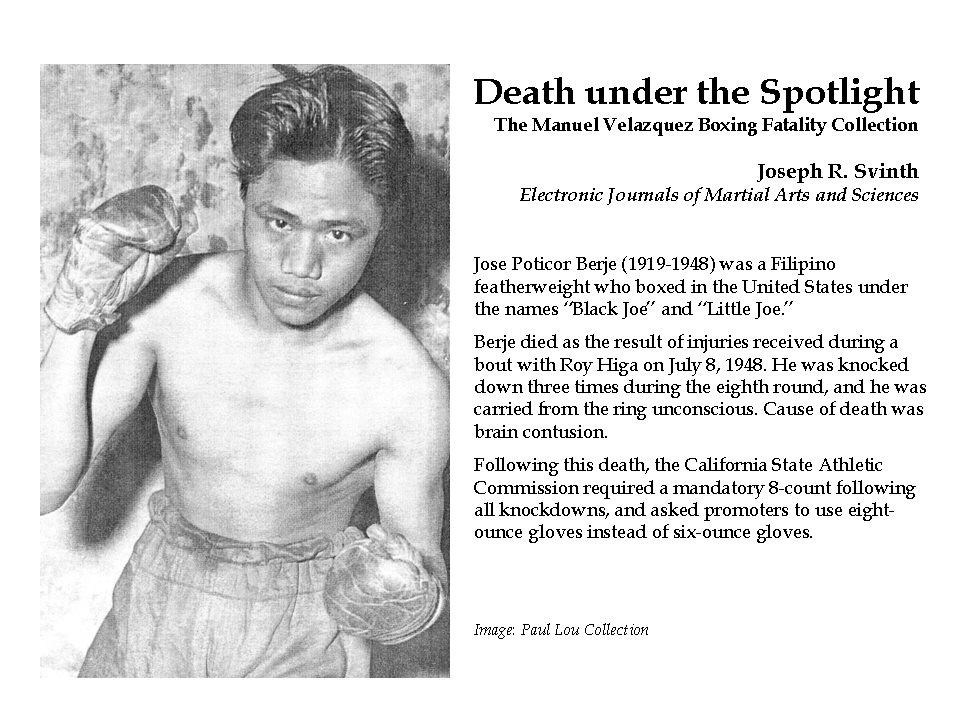
14 deaths that occurred during Toughman-style competition
126 deaths (55 pro, 71 amateur) that occurred during training
293 deaths that occurred during amateur boxing contests (most of them sanctioned)
923 deaths that occurred during professional boxing matches